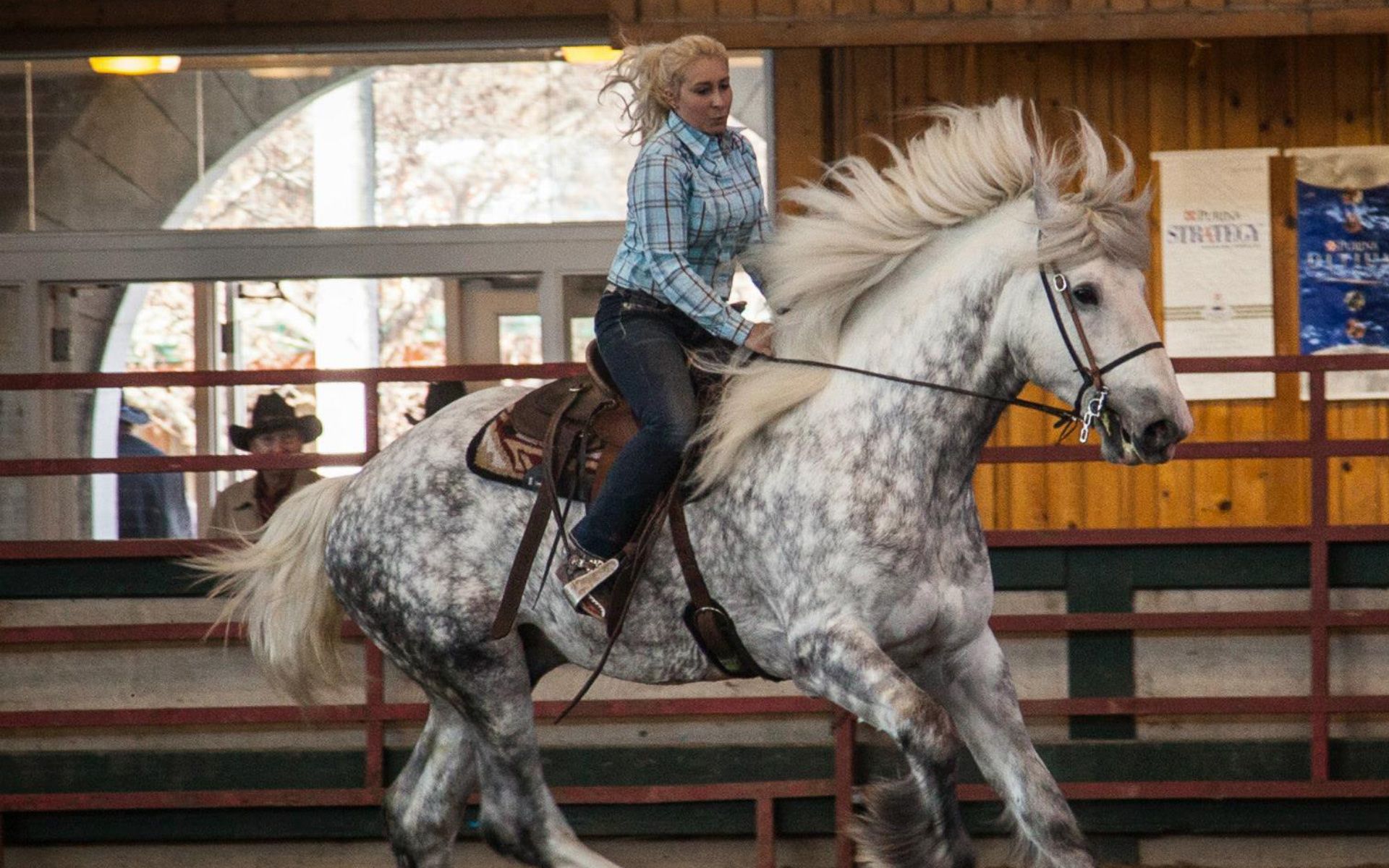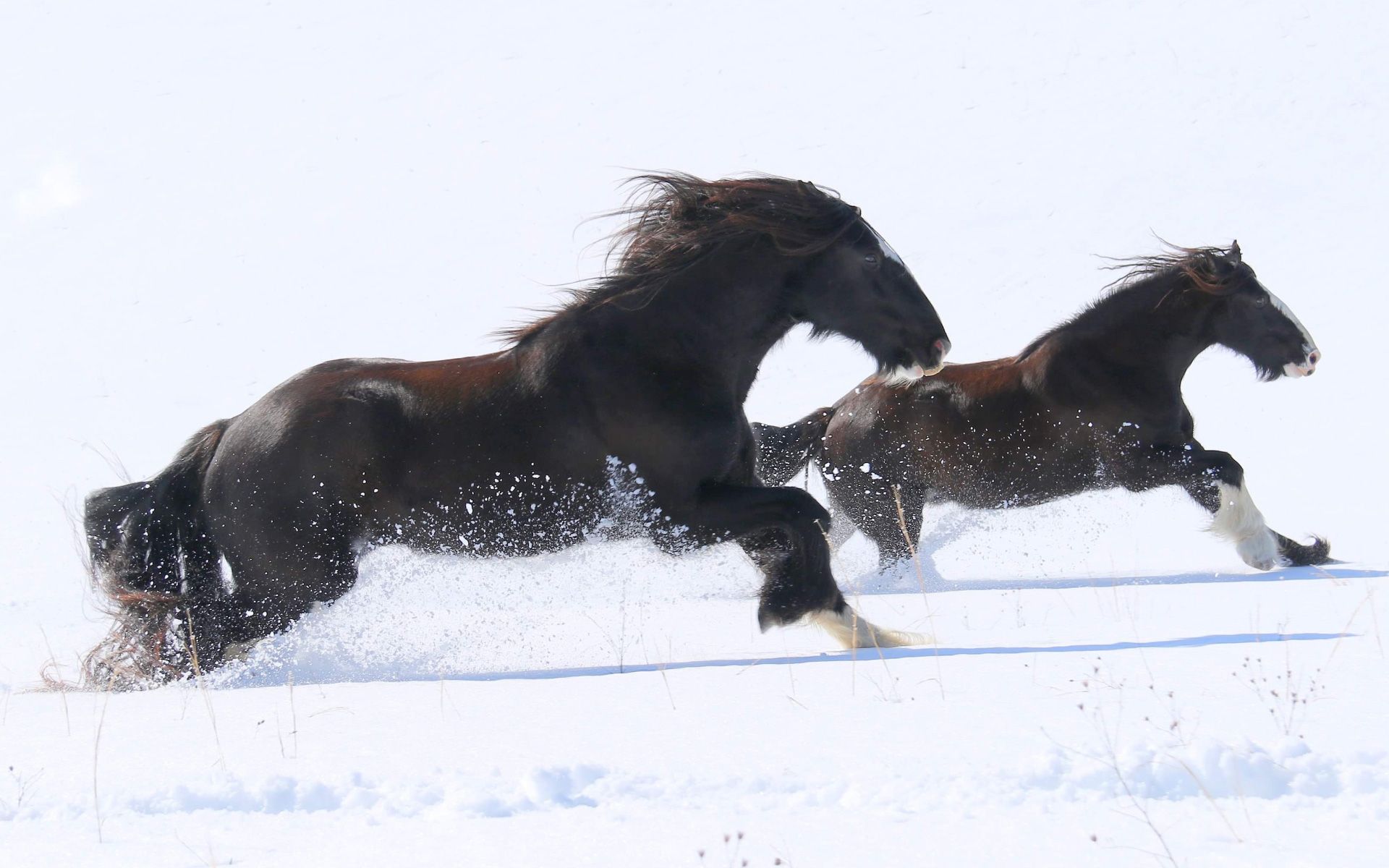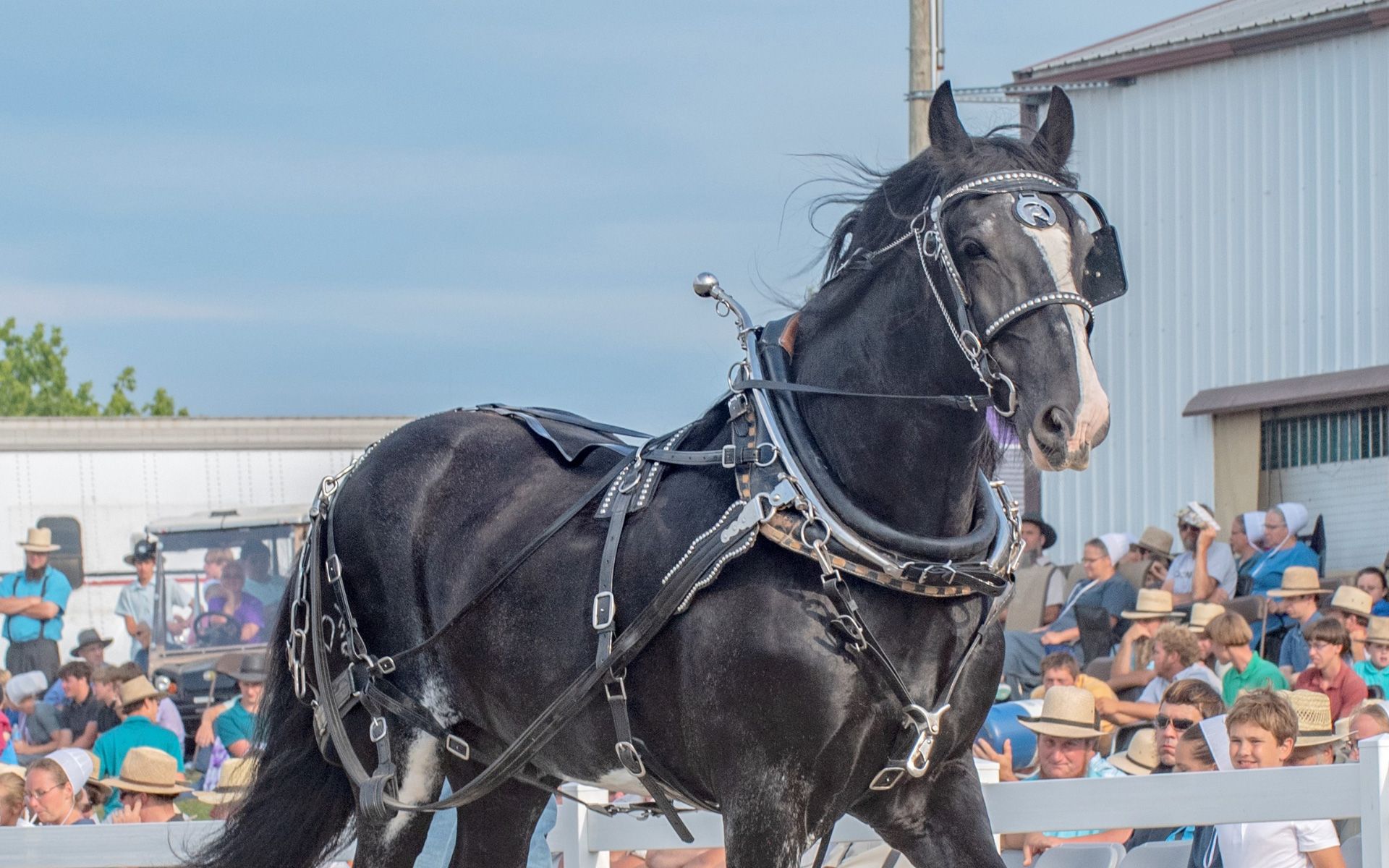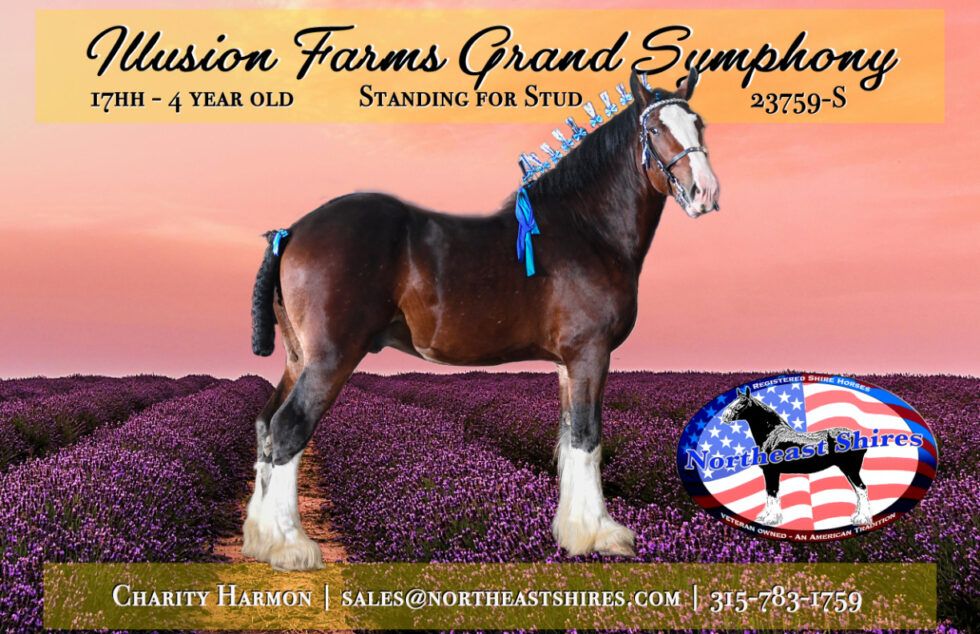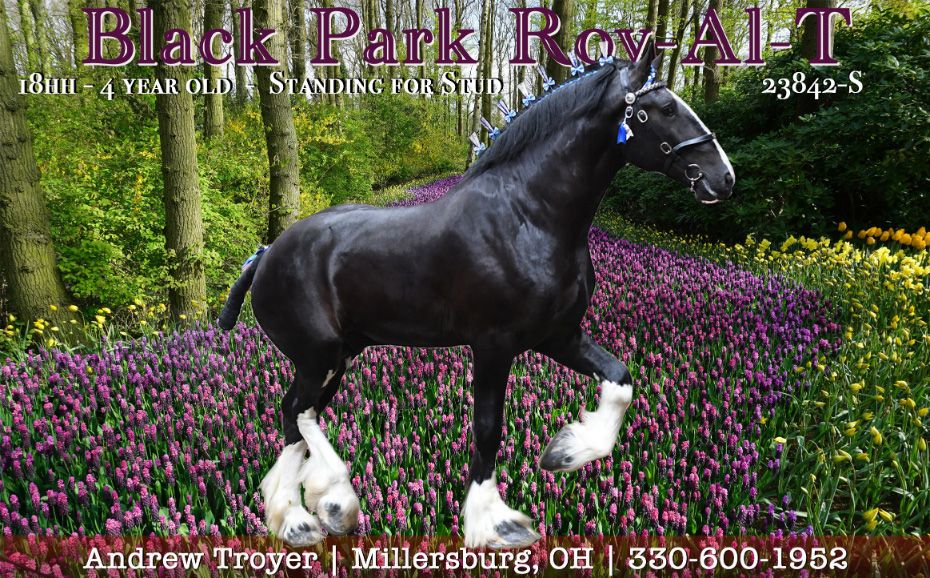Latest News
This is the place in the United States for all things Shire! Here you can learn more about the breed, search for owners and breeders, register or transfer your new horse and become a member of ASHA.
Upcoming Events
ASHA 2025 National Shire Show!!!!


